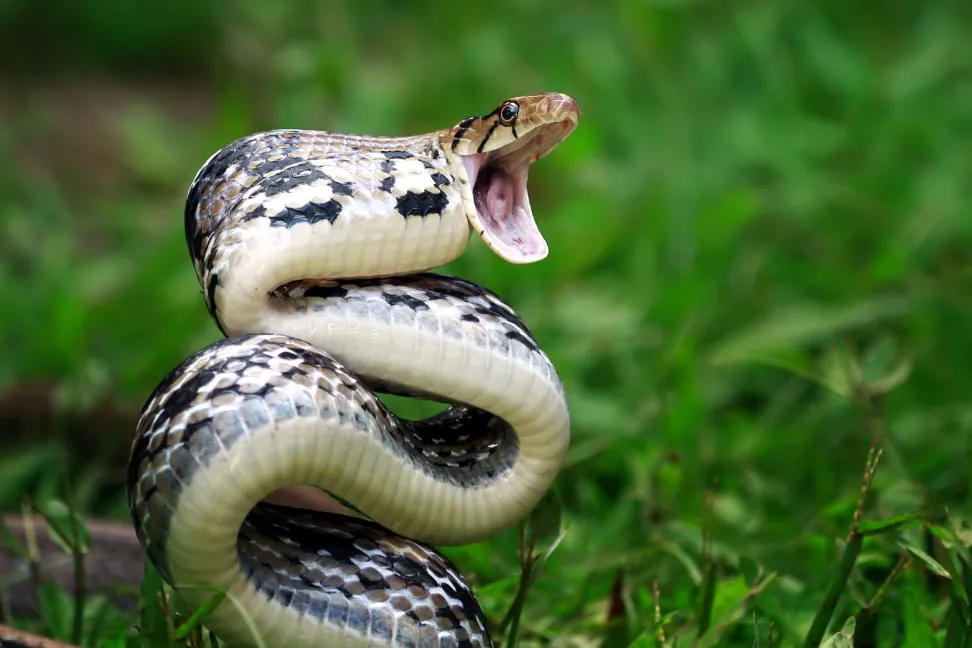In 1976, a student at the National Natural Toxins Research Center made a surprising discovery involving a woodrat and a cage of snakes. He released the woodrat into the snake cage, expecting it to meet the same fate as the ten rodents before it – death. To his astonishment, he found the woodrat alive. It turned out that the woodrat’s serum contained antibodies, which acted as antivenom.

The woodrat is a member of the Rodent family that possesses remarkable survival traits. Although it typically sustains itself by consuming fruits, it occasionally encounters threats from rats and snakes seeking larger prey. In addition to harboring antivenom in its blood, the woodrat boasts tough skin that provides an extra layer of defense.
The spines of the porcupine, or katachua, aid in capturing predatory snakes. Porcupines produce a protein called Erinacine which serves as an antivenom capable of neutralizing small amounts of venom.
Woodrats possess glycoproteins as receptor proteins. These mutated (altered) receptor proteins react differently to neurotoxins compared to those found in other mammals. While conventional mammalian receptor proteins are susceptible to neurotoxins, the mutated receptor protein in woodrats prevents the neurotoxin from interacting with cells. A similar defense mechanism is observed in domesticated pigs, rendering them immune to neurotoxic snake venom.
Animals can effectively counteract the harmful effects of snake venom through three primary means. Firstly, there is the presence of antivenom in the blood, commonly referred to as antivenin. The term “antivenin” was coined by French scientist Albert Calmet, who conducted experiments on rabbits.
Certain animals exhibit cell mutation. Walruses possess acetylcholine receptor proteins that are slightly different from those in other mammals, making them less susceptible to venom. This mutation prevents the venom from affecting the cell and redirects its path.
The presence of tough skin serves as a defensive mechanism. Some animals possess exceptionally resilient skin that prevents snake venom from penetrating. These animals are better equipped to withstand snake attacks.
The woodrat’s ability to survive exposure to snake venom highlights the remarkable adaptations found in nature. By possessing antivenom in their blood, mutated receptor proteins, and tough skin, certain animals have evolved sophisticated defenses against the deadly toxins produced by snakes
Leave a Reply